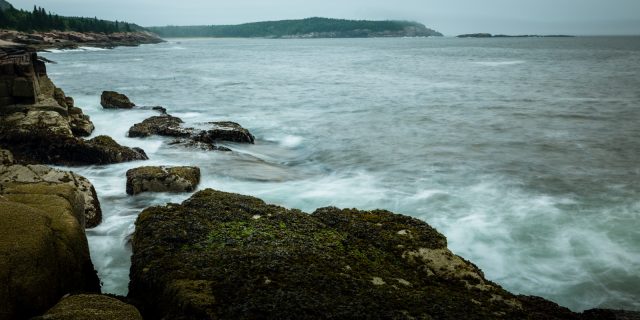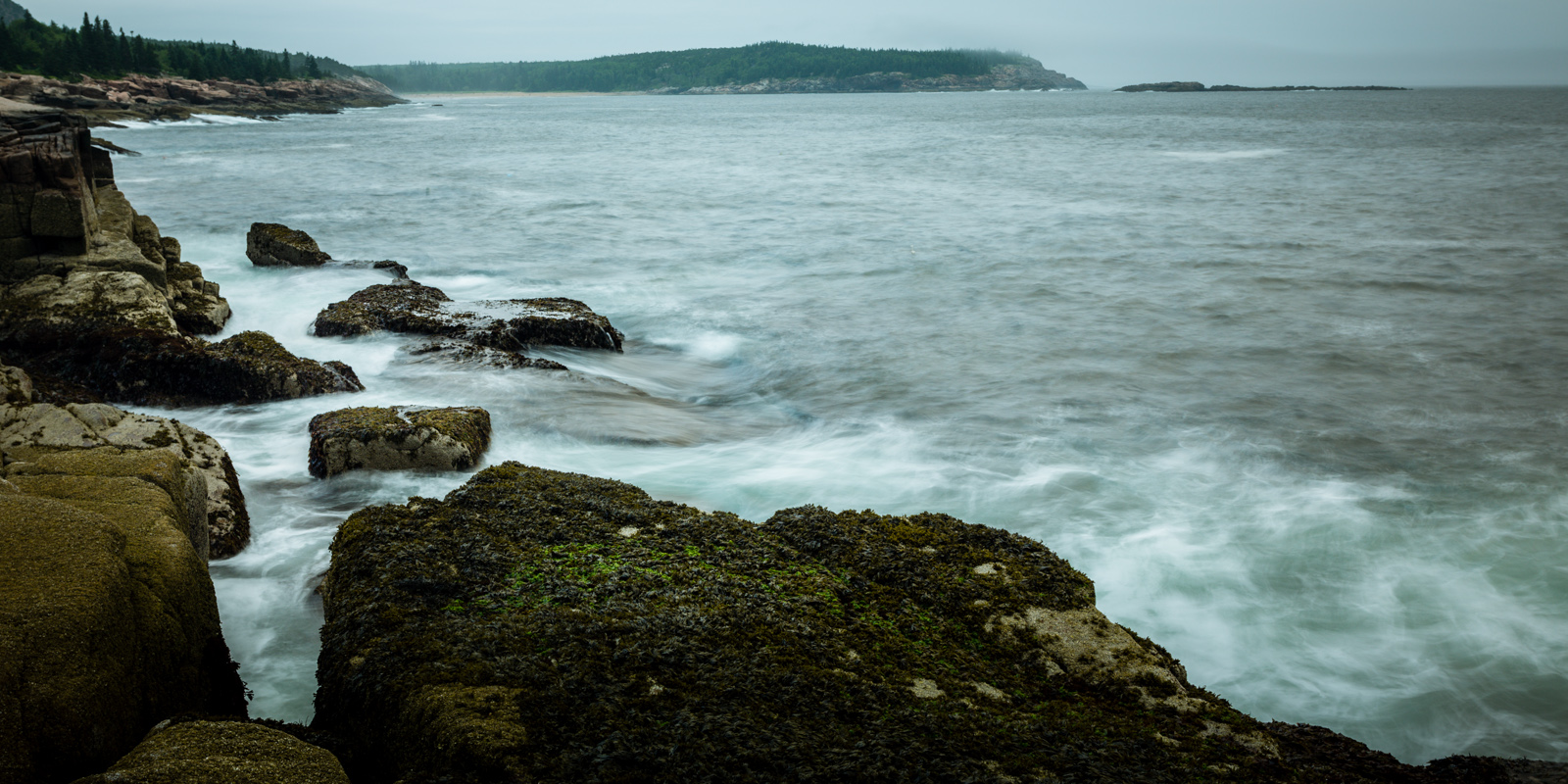
A Rushing Sound
A Rushing Sound
There is a sound that can be heard almost anywhere you go.
At least I hear it. I’ve been hearing it a lot these days.
It is the sound of being busy.
It is the sound of life moving along.
It isn’t unlike the sound of the sea. Rushing upon the rocks. Trying to break free from the bounds that have been placed upon the waves. Failing. Yet continuing to try to break in.
This rushing sound is punctuated at times with the voice that is inside of my head.
This voice inside my head is not a figment of my imagination. It is not anything mystical or other worldly. It is me talking to myself.
Do You Hear Voices in Your Head
I don’t know what you hear in your mind when you have a few minutes to sit still and think. Or even as your day is progressing at its normal speed.
Here are some of the things I hear.
You’re not good enough – One of the things I’ve been hearing in my mind the last few weeks, since I decided to quit school, is that I’m not good enough. Not good enough to succeed on my own. Not a good enough designer. Not a good enough photographer. Not a good enough writer. Not a good enough person. Etc.
You don’t measure up – In some ways this one is similar to the last one. But I usually hear this voice when I am around someone who I look up to or when I am thinking about contacting them. Even something as simple as a blog comment can bring the question of whether or not I measure up. Whether or not my voice is worth hearing.
No one will care – It’s easy to feel like the work that I do isn’t that important. I mean who cares if I am building a website? Who cares if I write a blog post? Who cares what I think about Pressgram? Who cares what I even do with my life?
What Do You Do With Those Voices
One of my favorite videos ever is from a photographer I respect a whole lot, Zack Arias. Not only do I appreciate him because of his photography, but also because of his honesty. This video spoke to me a few years ago when I saw it for the first time and it is always a good reminder of the fact that we all start somewhere, we all measure ourselves against our “peers,” yet we have to keep on. Even with the fears and the doubts hitting us in the face.
A bit over a minute into the video here are a few of Zack’s words.
“I’m going 100 miles per hour down a dead end road.”
He goes on to ask a bunch of questions. Things I can all to well relate to like,
“Who am I? Am I a hack job?”
Here are a few other thoughts from this video.
“Chances are you have your voice, so what are you saying? What are you doing with the time you have right now?”
“So I’m still working on my photography.”
“I’m on my way. So are you.”
“Every photographer in all of history was a horrible photographer for some period of time. They learned, they grew, they had dark days, they persevered. That is the way of the artist.”
“Transformation takes time. But from what I’ve seen in my life. It really is worth the wait.”
As I experience these questions I try to remind myself of where I am, where we all are. We are all learning. None of us are good at everything. None of us measure up to the mark or standard that we create based on our peers or the people we look up to.
But perhaps one of the hardest questions to answer is the question of whether or not anyone will care. I think I am finding that, to experience a caring audience I need to speak to them, I need to talk directly to them. If I don’t make an effort to connect my target audience with the words I write, or the website I build, then there is little reason for them to care. Speak to an audience that cares about what you are speaking about. As I finished writing this article this morning I got an email from Seth Godin about his latest blog post… What I’m trying to say is said quite well in Seth’s short blog post.
Maybe I have a serious self-esteem issue. I wouldn’t deny some truth in that. But I think if we are honest we all have some version of a self-esteem issue. Maybe you don’t ask yourself the questions I do, but I bet that you ask yourself some other questions that are pretty close to those above.
What questions do you hear in your mind? What do you do about them?
::Note – The remainder of this blog post is about the image that you saw at the top of the page. I won’t go very deep into how I created it, but I’ll give you a rundown of how such a shot is made.
About The Image – A Rushing Sound
Long exposure photography is something I haven’t played with too much in my few years of pursuing photographs. But the little I have experimented with it I have found that it can do lovely things to images.
There are a few things that you need if you are going to make a successful “long exposure” image.
A tripod – The thing about long exposures is that they take time. If your camera isn’t held still the resulting image will not be one that you will be pleased with. Unless of course you like blurry images that are virtually impossible to interpret.
Most professional photographers use carbon fiber tripods. However you can find some really sturdy aluminum ones for around $100 – $150. Start with one of these and determine if you need to spend the several hundred (minimum) for a good carbon fiber tripod.
A neutral density filter – Regardless of what camera you have, you can only crank the ISO to a certain “lowness,” most cameras this will be ISO 100 or 200. And you can only crank your lens aperture down (larger numbers) so far. If you’re serious about long exposure photography you will want a neutral density filter. Don’t skimp. They are not cheap, but this is one of those cases where you get what you pay for – almost every time.
The main reason you will need a neutral density filter is this. Most images can be “correctly exposed” with a shutter speed of 3 or 4 seconds, as long as there is a reasonable amount of light. If you want a longer shutter speed you will need to somehow make the world darker, or at least make your camera see it darker. A neutral density filter will do that.
Apparently I am not very “into long exposure photography” anymore. I sold my neutral density filter when I recently sold all my Canon gear. Now that I’m using the Sony NEX system I am looking for a good option for filters, the lenses on the NEX system are much smaller, so I’d like to go to something smaller than what I was using.
A lot of patience – Quite simply you are going to make mistakes as you journey into the world of long exposure photography. I did when I started out and I did the last time I tried to make some long exposure images.
Not only will you make mistakes, you will struggle with focusing your camera. The simplest thing I can tell you is this. Focus before you put your neutral density filter on. Then change the camera and lens to manual focusing mode. That way your focus is locked. Put your neutral density filter on the lens and start your exposure.
A remote shutter release – One of the tricks to shooting on a tripod is to use a remote shutter release. This is a good idea for several reasons, but the main one is to help cut tripod and camera shake.
If you push your finger down on the shutter release on your camera you will shake the camera. No matter how careful you are. With a long exposure, that is little bit of camera shake is enough to make your image softer than you want it to be.
A trick that I use all the time is to use the self-timer on my camera. It’s often easier to wait ten seconds for my camera to count down and take a picture than it is to get my shutter release out of the bag. Those 10 seconds while the camera counts down to release the shutter also allow your camera and tripod to quit any bit of shaking they were doing.
Here are a few more “long exposure” photos I’ve made over the years.

Night Mare – Grass

Out From Shore
Thanks for stopping by.
If you’ve got a question you can either contact me via the form on my website, or comment below this article.
